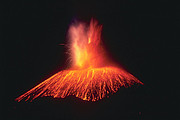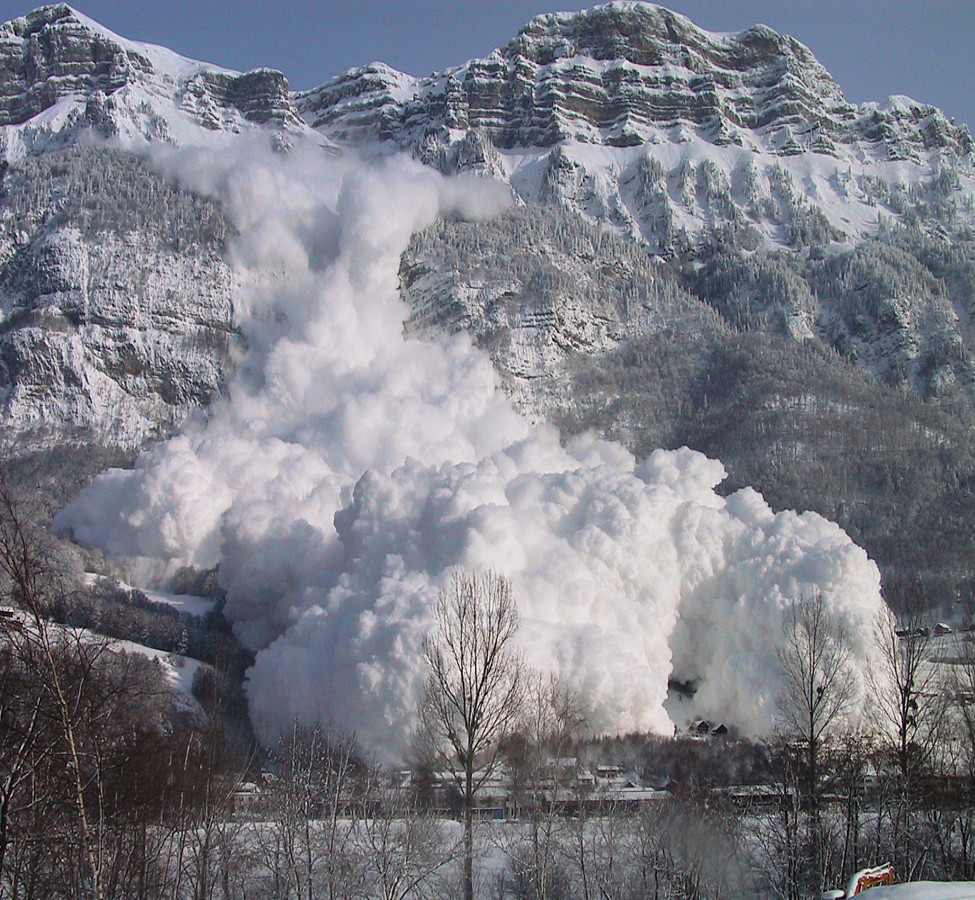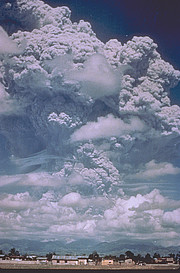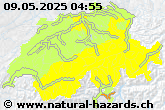Volcano
Phenomena involving the expulsion of solid, liquid or gaseous substances from inside the Earth's crust to the surface are subsumed under the term volcanism.

The consequences of volcanic eruptions for Switzerland
Although Switzerland is not at direct risk of the consequences of a nearby volcanic eruption (e.g. lava flow, toxic volcanic gases and dust particles), it emerged in spring 2010 that volcanic activity can have consequences for Switzerland. The ash cloud from the Icelandic volcano Eyjafjalla completely grounded air traffic across extensive parts of Western Europe in spring 2010.
Volcanic eruptions also occurred in the more distant past that had serious consequences for Switzerland. The eruption of the Tambora volcano (Sumbawa, Indonesia) in 1815 may be cited as a prominent example here. In the course of several eruptions, it churned ash and sulphur particles into the atmosphere to a height of 35 kilometres. Due to the extreme altitude and geographical location (tropics with prevailing trade winds), the ash and particles were distributed around the globe and caused a short-term global cooling of around 3°C. This gave rise to chaotic weather conditions, failed harvests and the associated famines – including in Europe and in the USA. 1816, the year following the eruption went down in history as the “year with no summer”.
The eruption of Mount Pinatubo (Luzon, Philippines) in 1991 was the biggest volcanic eruption in the 20th century. This also caused a temporary decline in global temperature of 0.5°C.




